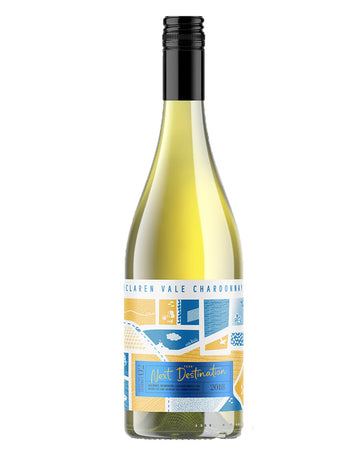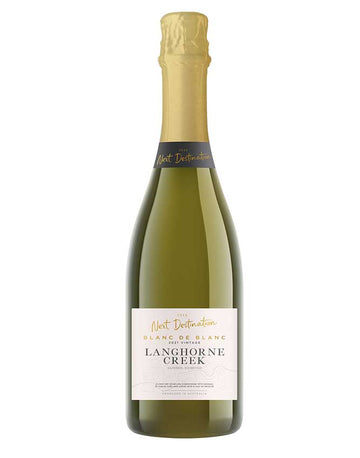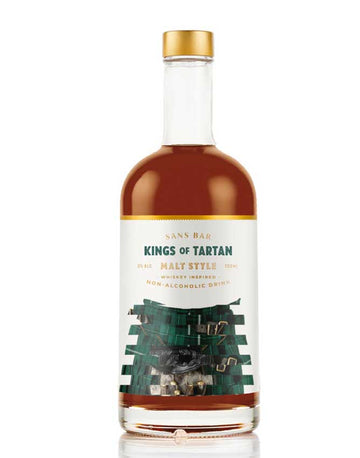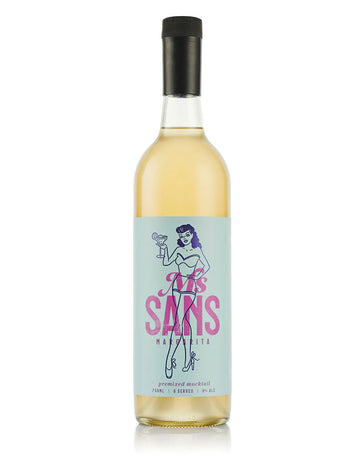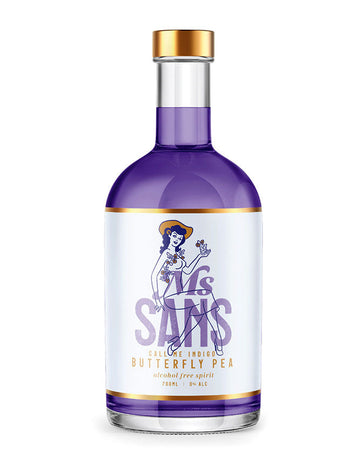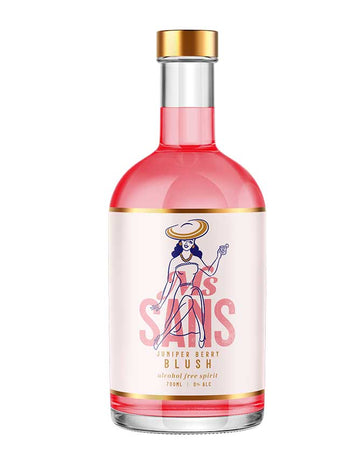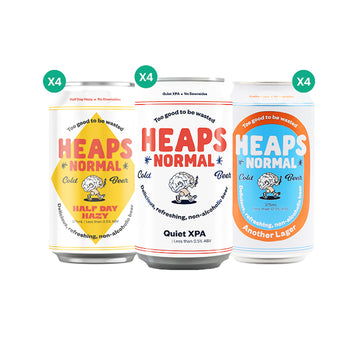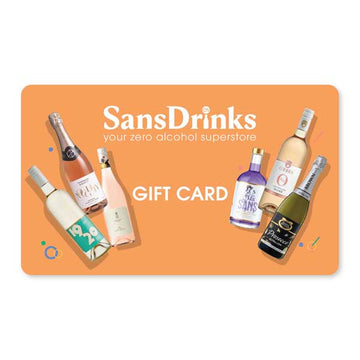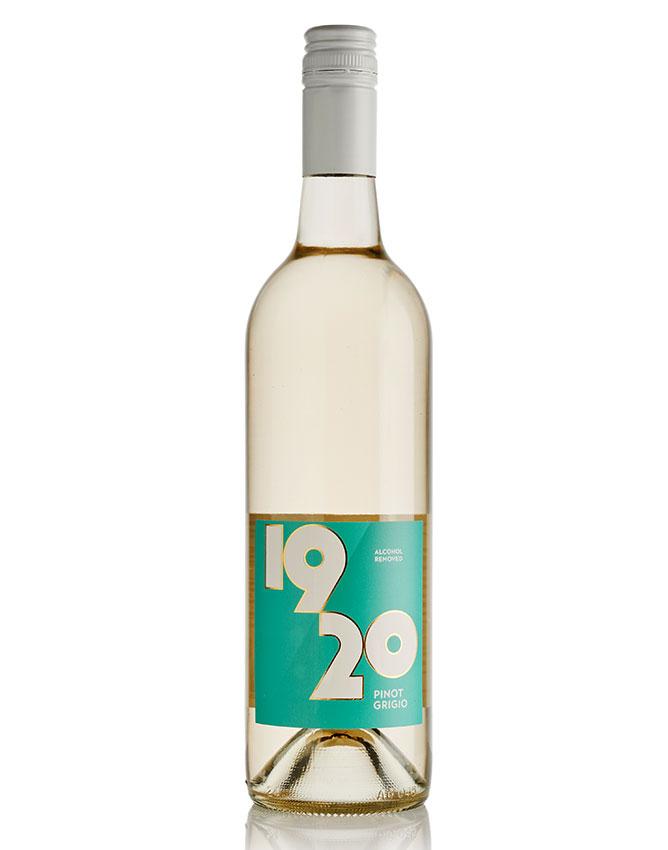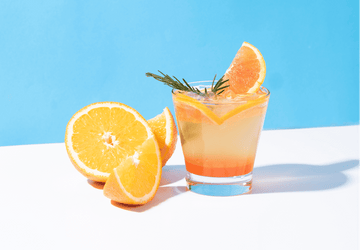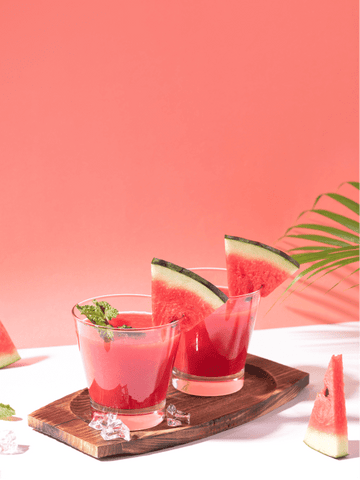If you are spending money on good quality non alcoholic wine, then you will want to ensure you are getting the most out of the experience. And that means putting some thought into when, where and how you serve it.
Angus Hughson, founder of Winepilot, has over 15 years of wine reviews, drinks writing and judging experience to his name, including as Drinks Editor for Wish Magazine in The Australian for over a decade. Angus tells me there are some good rules to follow when it comes to wine.
Get the temperature right
"Sparkling and white wines straight out of the fridge are often too cold. Let the wine warm up a bit so it starts to show its fruit characters," Angus explains.
Likewise, non alcoholic red wine is often served too warm. "Try to start your red wines at 18 to 20 degrees Celsius, or out of the fridge, and let them warm up in the glass," says Angus.
"But don’t let any wines get too warm on the table or in a cellar or they will lose their subtle detail," he adds.
Use the right sort of glass
Yes, glassware really does change the way a wine tastes and feels. But the good news is that you don’t a whole cupboard full of different glasses.
"A decent set of larger white and red plus sparkling wine glasses is all you need just to show your wines at their best," says Angus.
He continues: "For bubbly you want to get a set of flutes. These tall and thin glasses help to concentrate the delicate aromas in sparkling wines plus deliver the wine directly to your tongue where we detect tart acidity, which is the key sensation for these wines."
For non alcoholic white wine, Angus says that the best glasses are shorter and wider than flutes tapered in at the top - again this is to concentrate the aromas. "You can splash out for two different white wine sets if you like, thinner glasses for Riesling and Sauvignon Blanc while Chardonnay prefers a glass with a wider bowl. This increases the surface of wine in contact with air so helps wines to develop more complicity and mature in the glass," he explains.
When it comes to red wines, Angus notes that they similarly improve and soften in the glass thanks to contact with air. "So for red wine go for glasses with larger bowls again. Aromatic red grape varieties such as Nebbiolo and Pinot Noir particularly grow in some cases astounding aromatic complexity as they are sitting in the glass so the larger the bowl the better here, within reason," he says.
Taste your wine
It sounds obvious, but how often do we mindlessly gulp down our wine without really thinking about it.
"If you are at a top restaurant do you just dive into the food and not give it much thought? Probably not. The same can be said for a decent bottle of wine," says Angus.
Angus reminds me that it takes 18 months in a vineyard just to grow the fruit - the winemaking process can can take years on top of that. "So think about what you putting in your mouth," he adds.
While you are tasting, consider what does the wine smell and taste like, and how does it feel in your mouth. "The more you taste rather than just drink wine the more you will appreciate this gift of nature," says Angus.
Think about food
Angus notes that there are some foods and wine that just don’t match - and getting it wrong can completely transform the taste of your wine.
"Put down your wines glasses when you are eating kale, artichokes, asparagus, Brussel sprouts or anything with a strong vinegary taste, like a salad with French dressing," he says.
Angus adds that some other foods have some great matches, but if you are looking to pair things such as Blue Cheese, chocolate or very spicy dishes it is worth doing some research.
"A great food and wine match is hard to beat with each component lifting the other so food can also clearly change the taste of wine in a good way," Angus says.
Other factors to consider
Sometimes, the perfect glass of wine has as much to do with the occasion as the wine. Angus says that is because the senses we use for tasting, particularly smell, taste and touch are very sensitive, so the taste of wine can be affected by a whole range of factors.
"There are obvious things, such as what you are eating, to the less obvious, such as your mood, health, and the ambient temperature," he explains.
So if you want to get the most out of your wine, it's worth paying attention to the details.




